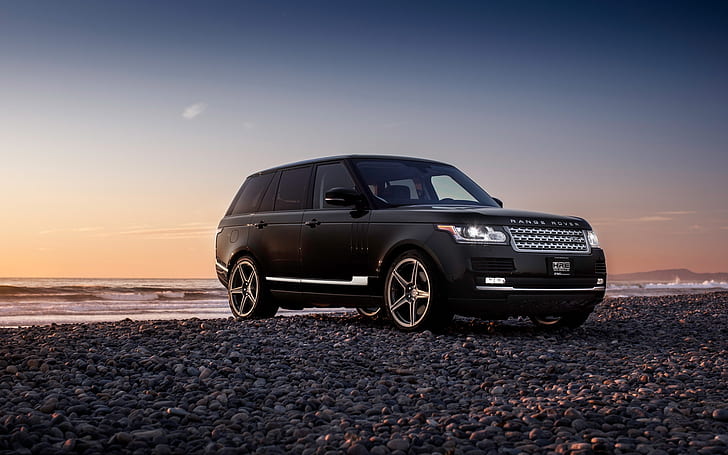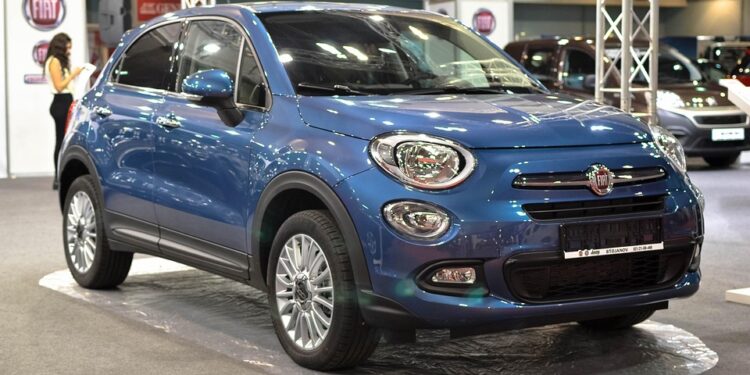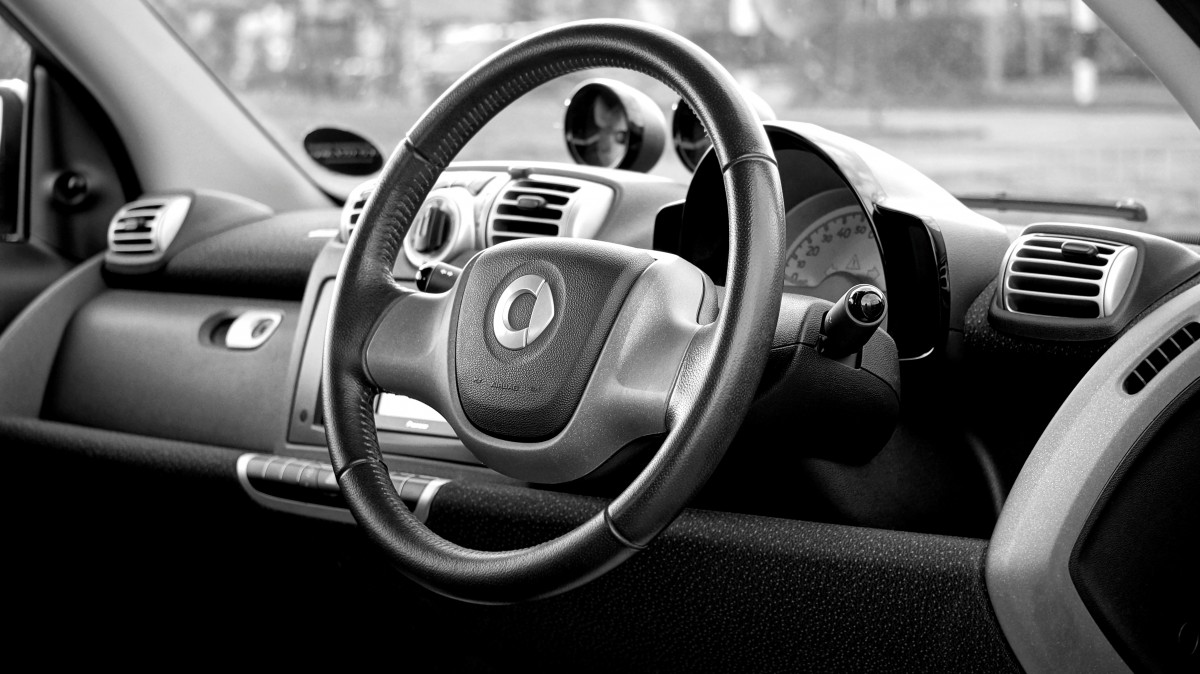Introduction: The Battle for Compact Crossover Supremacy
The compact Sport Utility Vehicle (SUV) segment has, without question, become the single most competitive and popular class in the automotive world. It replaces the traditional sedan as the default choice for modern families and commuters.
These versatile crossovers offer a near-perfect blend of spaciousness, elevated driving position, all-weather capability, and reasonable fuel efficiency. This makes them the automotive Swiss Army Knife for contemporary life. Dominating this crucial segment are three titans: the Honda CR-V, the Toyota RAV4, and the Nissan Rogue.
The choice among these three industry leaders is rarely clear-cut, as each model boasts an enviable reputation for reliability and market dominance. Yet, each is engineered with a distinctly different philosophy regarding performance, interior comfort, and technological focus.
For the prospective buyer, making an informed decision demands a meticulous, granular comparison that moves beyond superficial styling differences. This comparison must dissect the core functional and financial metrics.
The subtle differences in cargo volume, rear-seat comfort, driver-assistance suite responsiveness, and powertrain efficiency ultimately determine the best fit for an individual’s specific needs and priorities. Furthermore, with all three manufacturers heavily investing in hybrid and electrified versions, the long-term total cost of ownership—including projected fuel savings and resale value—must be critically analyzed.
Simply choosing the most recognizable nameplate risks overlooking a competitor that offers superior value, better driving dynamics, or a more advanced safety package tailored to the buyer’s family needs. This comprehensive guide is designed to serve as your definitive, objective comparison of the Honda CR-V, the Toyota RAV4, and the Nissan Rogue for the 2025 model year. We will meticulously break down the performance specifications, interior practicality, and technological offerings of each contender. By analyzing their respective strengths and weaknesses across seven critical categories, we aim to empower you to select the compact SUV that not only meets your budget but also provides the optimal blend of reliability, comfort, and driving satisfaction for the next decade.
Part I: Core Performance and Driving Dynamics

The feel and efficiency of the powertrain and chassis are crucial differentiators among these three rivals, impacting daily commute comfort and long-term operating costs.
A. Honda CR-V: Refinement and Balanced Dynamics
The CR-V traditionally prioritizes refinement and a smooth, predictable driving experience, aiming for a balance between comfort and light responsiveness.
- Standard Powertrain: The CR-V typically relies on a turbocharged 1.5-liter four-cylinder engine paired with a Continuously Variable Transmission (CVT). This combination focuses on delivering smooth acceleration and excellent fuel economy in city driving.
- Hybrid System: The CR-V Hybrid uses a two-motor system, known for its seamless transition between gasoline and electric power. This provides a smooth, quiet ride, often sacrificing peak horsepower for superior efficiency.
- Ride Quality: The CR-V generally offers the most sedan-like and composed ride quality of the three, with well-tuned suspension that handles road imperfections effectively.
B. Toyota RAV4: Robustness and Hybrid Focus
The RAV4 leans toward a more rugged, truck-like aesthetic and emphasizes strong reliability and varied powertrain options, particularly its highly popular Hybrid model.
- Standard Powertrain: The conventional RAV4 uses a non-turbocharged 2.5-liter four-cylinder engine paired with a traditional eight-speed automatic transmission. This provides robust power, though it can be slightly noisier under hard acceleration than the CR-V’s turbo setup.
- Hybrid and Prime: The RAV4 Hybrid is highly efficient. The RAV4 Prime (PHEV) offers significant all-electric range, giving it a unique advantage for drivers with short commutes and access to charging.
- Traction and AWD: The RAV4 often features a more capable All-Wheel Drive (AWD) system, particularly in its adventure-focused trims, appealing to buyers who prioritize off-road or deep snow capability.
C. Nissan Rogue: Comfort and Transmission Focus
The Rogue’s recent redesign focused heavily on improving ride quality and interior tranquility, leveraging a unique engine setup.
- Standard Powertrain: The Rogue features a VC-Turbo (Variable Compression Turbo) engine, which can physically change its compression ratio to prioritize either power or fuel economy. This is a unique technological feature aimed at maximizing efficiency.
- Transmission Feel: Like the CR-V, the Rogue uses a CVT, but Nissan has worked extensively to make its transmission feel more responsive and less “elastic” than older CVT versions.
- Driving Priority: The Rogue’s dynamics are tuned for maximum comfort. Its primary focus is on a quiet cabin and soft suspension, appealing strongly to commuters and passengers.
Part II: Interior Design, Comfort, and Technology

The quality, ergonomics, and space efficiency of the cabin are crucial for daily passenger use and driver satisfaction.
A. Cargo and Passenger Space
All three offer excellent space, but the CR-V typically holds a slight edge in raw cargo capacity.
- CR-V’s Cargo Volume: The Honda CR-V consistently leads the segment in total cargo volume, especially with the rear seats folded, making it the most practical choice for those who frequently carry large gear or luggage.
- RAV4’s Rugged Cabin: The RAV4 features a more utilitarian design with durable, easily cleanable materials, aligning with its rugged persona. Passenger space is competitive, with decent rear legroom.
- Rogue’s Comfort Focus: The Rogue often wins praise for its “Zero Gravity” seats (co-developed with NASA), which offer superior comfort, particularly for long highway trips. Its rear doors also open nearly 90 degrees, simplifying child seat installation.
B. Infotainment and Connectivity
Technology integration is a key battleground, with each model offering modern features.
- Honda’s System: The CR-V typically offers a competent but slightly conservative infotainment system, emphasizing simplicity and reliable connection to standard smartphone integration (Apple CarPlay and Android Auto).
- Toyota’s System: The RAV4 has modernized its infotainment screen and interface, offering better responsiveness and clarity in recent generations, finally catching up to competitors in terms of digital user experience.
- Nissan’s System: The Rogue often features the largest available screen and a slightly more intuitive user interface than its rivals, offering better built-in navigation and customization options.
C. Interior Material Quality and Ambience
- CR-V: Offers a high-quality, practical design with excellent fit and finish, focusing on refined durability.
- RAV4: Provides a mix of durable plastics and functional controls, prioritizing robust longevity over luxury feel.
- Rogue: Uses premium-feeling materials in higher trims, emphasizing soft-touch surfaces and a more upscale design than previous generations.
Part III: Safety and Driver-Assistance Systems
Safety is paramount in the compact SUV segment. All three are highly rated, but their standard safety packages differ slightly in their naming and functionality.
A. Honda Sensing (CR-V)
Honda bundles its comprehensive suite of safety features under the Honda Sensing umbrella, offering consistency and reliability.
- Standard Features: Honda Sensing includes Collision Mitigation Braking System (CMBS), Road Departure Mitigation (RDM), Adaptive Cruise Control (ACC) with Low-Speed Follow, and Lane Keeping Assist System (LKAS).
- Reliability: The system is known for being slightly more conservative and less intrusive than some competitors, which many drivers find preferable for daily commuting.
B. Toyota Safety Sense (TSS) (RAV4)
Toyota’s commitment to safety is encapsulated in its Safety Sense suite, which is continually updated (currently TSS 3.0).
- Standard Features: Toyota Safety Sense includes Pre-Collision System with Pedestrian Detection, Lane Departure Alert with Steering Assist, Full-Speed Range Dynamic Radar Cruise Control, and Automatic High Beams.
- Early Adoption: Toyota has been aggressive in making its safety suite standard across nearly all trims and models, giving the RAV4 a consistent safety edge in base configurations.
C. Nissan Safety Shield 360 (Rogue)
Nissan’s suite is robust, focusing on comprehensive coverage around the vehicle.
- Standard Features: Safety Shield 360 includes Automatic Emergency Braking with Pedestrian Detection, Rear Automatic Braking, Rear Cross Traffic Alert, Blind Spot Warning, Lane Departure Warning, and High Beam Assist.
- ProPilot Assist: Nissan offers the semi-autonomous ProPilot Assist on higher trims. This system combines steering assistance and smart cruise control, providing a smooth, hands-on highway driving experience.
Part IV: Long-Term Financial Considerations
The final decision must integrate the long-term financial impacts of depreciation, reliability, and fuel efficiency.
A. Fuel Efficiency and Hybrid Value
The long-term operating cost is heavily weighted by fuel efficiency, especially when considering hybrid models.
- Hybrid Savings: The Toyota RAV4 Hybrid and Honda CR-V Hybrid typically offer the highest MPGs, resulting in the lowest lifetime fuel costs. This makes them the most financially prudent choice for high-mileage drivers.
- PHEV Advantage: The RAV4 Prime, though more expensive upfront, offers maximum fuel savings for daily commuters who can utilize the electric-only range, offsetting the higher initial purchase price.
B. Reliability and Maintenance Costs
Historical data favors Japanese manufacturers in the long run.
- Reputation: Toyota and Honda maintain an exceptional reputation for long-term mechanical reliability, leading to lower unexpected repair costs after the factory warranty expires. This translates directly into lower average cost of ownership.
- Cost of Parts: Due to their massive production volumes, parts for the CR-V and RAV4 are widely available and relatively affordable compared to some European competitors.
C. Resale Value and Depreciation
The ability of a vehicle to retain its value is a crucial metric for total cost of ownership.
- Depreciation Resistance: The Toyota RAV4 and Honda CR-V consistently lead the compact segment in retained resale value. This means that when the owner goes to sell or trade in the vehicle after five years, they recoup a higher percentage of the original purchase price.
- Net Cost: High resale value reduces the net cost of ownership (purchase price minus sale price), making these two models the most financially sound choices in the segment.
Conclusion: Tailoring the Crossover to Your Priorities
The choice between the Honda CR-V, Toyota RAV4, and Nissan Rogue is ultimately a sophisticated exercise in aligning a buyer’s specific priorities with a vehicle’s distinct engineering philosophy. The Honda CR-V stands out for its refinement, excellent cargo utility, and balanced, sedan-like driving dynamics, appealing to those who prioritize smooth daily commuting and practical interior space.
The Toyota RAV4 appeals to the buyer seeking robust reliability, a wider variety of electrified powertrain options (including the PHEV Prime), and a slightly more rugged feel, offering maximum security in long-term maintenance and value retention. Conversely, the Nissan Rogue differentiates itself with superior interior comfort (Zero Gravity seats), advanced ProPilot Assist technology, and a cabin ambiance that feels more upscale than its price tag suggests.
By weighing the CR-V’s refinement against the RAV4’s robust hybrid efficiency and the Rogue’s superior comfort features, the informed consumer can confidently select the compact SUV that ensures both driving satisfaction and long-term financial prudence.













